The mindset that drives ABM platforms and programs
What’s the philosophy behind the technology of the most successful ABM programs? Answering this question was not the original intent when we set out...
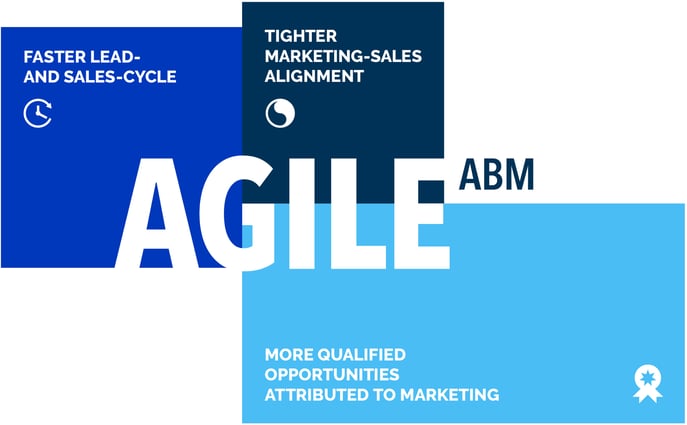
Account-based marketing is going agile
Account-based marketing (ABM) has been the go-to approach for enterprise technology in the past decades, even before the term was coined in 2004. However, due to recent events such as the pandemic changing the way organizations engage prospects, the practice is undergoing significant transformation. Despite this transformation, the results remain positive: 87% of marketers who measure ROI say ABM outperforms every other marketing investment, according to this study.
In this article, we outline ABM's newest trends, transformations and how can work in a B2B tech enterprise setting. By adapting this new approach to ABM, your marketing organization can get a head start to increased success.
We're dubbing the discipline Agile Account-Based Marketing. It utilizes old and forgotten techniques in a new way, and arms the practice with new understanding and new technology. Although this "mini-revolution" is taking place largely unnoticed, a few major organizations - clients of ours are quietly catch on.
Agile ABM enables three business-outcomes as opposed to traditional account-based marketing plays:
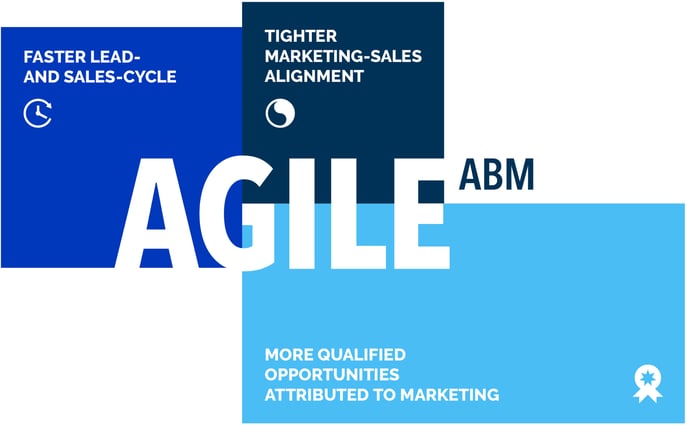
Spoiler! When shifting to Agile ABM, your marketing organization will become more efficient and will make the sales department happier. It ultimately helps marketing contribute to the bottom line more than ever.
The process of approaching, marketing and selling to large corporate accounts is, in fact, quite old - probably as old as the advertising industry itself. An accurate representation of this scheme from the 1960s is depicted in the Netflix series "Mad Men", where advertising agencies engage and nurture their prospects on a company-by-company basis. They devise lengthly strategies and pour copious amounts of resources into winning the deal (dinner parties with cigars and whiskey, anyone?).
Since the nineties, B2B organizations have been moving away from mass marketing and towards a more personalized way of communication. The internet went mainstream in this decade, and marketing was expected to achieve total personalization at scale.
In the ABM 1.0 era, the aim was for marketing to work more efficiently through automation, and to make predictions which weren't otherwise possible, all while consuming lesser resources. The mind-numbing amounts of demographic- and behavioral-data, as well as the evolution of technology that could process and utilize this data, played an important role in the attempt to create better marketing programs.
Technology was the key player that brought about this sudden shift in account-based marketing, and it is precisely this shift to which we tie the second stage of account-based marketing.
One major milestone for ABM was the emergence of IP-targeted advertising in the early 2010s. With the ability to access location-data from third-party providers, marketers unlocked the ability to display targeted ads to users from specific corporations and traditional mass-medium (e.g. display advertising) could be used to tailor ads to specific accounts. This enormous advancement, coupled with the increased user-friendliness of marketing automation platforms, made for an integrated and robust process and led to a surge in sophisticated advertising initiatives.
A few spectacular advancements in ad-tech have emerged over the past 6-8 years since targeted IP advertising, such as automatic PPC bidding or AI-based user profiling. However, none of them have made their way to B2B marketing, or just haven't made the significant impact for ABM, as the ROI from better marketing with IP-targeting has.
ABM went mainstream by the end of the 2010s, with 56% of B2B marketers claiming they utilize ABM, according to Linkedin. To further prove ABM's trendiness: 80% of those surveyed in 2018 said they are increasing the budget for ABM for the coming year.
Still, with all the marketing platforms gaining superpower and ad targeting becoming hyper-nuanced, three key pieces of the ABM puzzle are still missing. Enter an old-school technique, revamp it and embed it into a high-tech scene; and we have arrived at Agile account-based marketing.
In the midst of the seemingly never-ending debate between sales and marketing about lead-quality, a few marketing organizations have taken things in their own hands and have begun to do something unimaginable so-far for a marketer: they picked up the phone and called prospects to have a conversation. Even cold ones. This is second nature for a sales person, but not for a marketer; let alone one who self-identifies as a digital marketer.
But, being agile in this sense also means stepping out of the comfort zone and testing this sales-y, old-school channel. It has great advantages. First of all, it speeds things up.
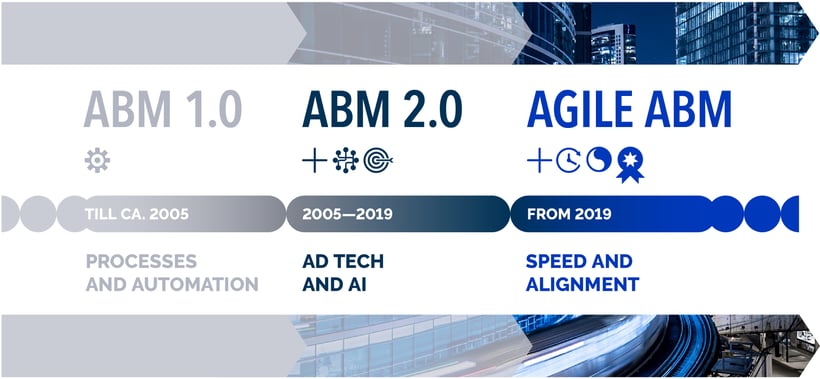
The marketer gets rapid feedback and gains knowledge. Dead ends turn out to be dead ends sooner, and the sales cycle is sped up with good prospects. These brave few marketers have seen significant benefits for lead quality, sales cycle length and a plethora of other desirable things.
But, wait...
"... isn't calling prospects something an SDR should do? That's what the sales department is for"
- comes the question.
Conventionally, it is - but with all that is going on in many sales departments, they are not always available at the marketing leader's request. While there has been significant improvement in the cooperation between the two departments - in some organizations, two arch-enemies - it is still evident that sales has its own agenda and in the B2B sphere, they are used to marketing serving them, not the other way around.
So, as a recent evolution in account-based marketing, we're seeing traditionally sales-y initiatives being driven by marketing. This includes personal outreach on LinkedIn, cold-calling 2.0 and following up with inbound leads personally - all blending in seamlessly with digital marketing programs.
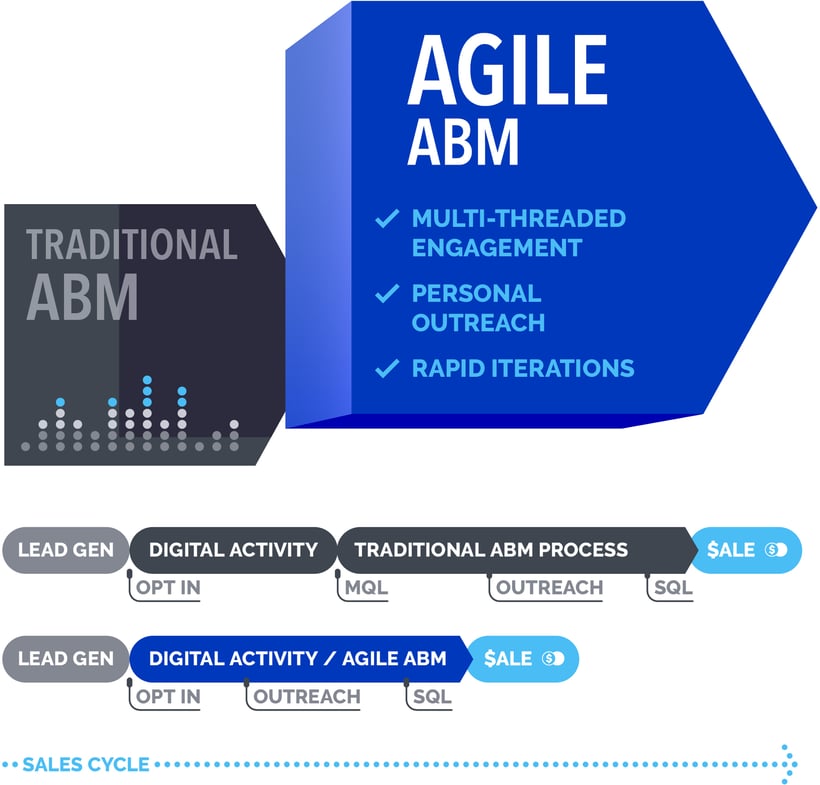
This doesn't at all mean that marketing is taking over the jobs of sales people from the neighboring department. Sales development still does sales development building in part, on the leads they get from marketing. But, at Agile ABM organizations, sales is beginning to see significantly better lead-quality from marketing. Marketing is seeing higher ROI with the inclusion of this new channel.
That's not all; because due to the combined efforts of digital engagement and personal outreach, prospects are moving through pipeline-stages faster.
Sales development is not the only way to utilize SDRs in marketing; they can conduct primary research fast; they can test offers, get feedback from C-level prospects in a way that's not possible with any other known marketing tool: enterprise C- and VP level leaders don't respond well to online forms. They do respond to meaningful and relevant conversations and VIP events - but they have to be engaged the right way by skillful SDRs.
Usually not. Here are the 3 common ways Agile ABM initiatives are staffed by marketing:
One thing that doesn't happen at Agile ABM organizations is asking for SDRs from sales (unless they fall into category 2 above). That's just not a scalable, predictable process for either party, and it doesn't work consistently.
Hiring an outbound partner tends to be the best option for most tech enterprises because it's fast and usually cheaper than building out things in-house, which translates to better and faster marketing ROI. Agile ABM organizations aren't shy about asking for supplementing support from outside the organization.
When done right, the solution provider normally hosts a meeting to understand the business challenge and creates a plan for a pilot project. This can be a corporate event acquisition project or testing a new market.
Then a business intelligence lead and a number of SDRs are selected by the solution provider; they then receive the project brief and undergo rigorous training about the industry, the product and the brand's tone. In Infinityn's case, we have a blueprint - a tried and tested, proprietary process which we go by - the SPS3 mechanism. This makes everything faster and us more accountable.
The team then gets to work and whenever a lead is acquired or a set goal is reached, a predefined handover process takes place and the lead/opportunity gets transferred to the client's organization.
A client of Infinityn's was having too many leads as a result of our SDR work and lowered our quotas for sales qualified lead generation. This came in very handy for the client's marketing department, as they were about to launch a corporate event for VIP prospects. Fully aware of the fact that C-level prospects would not be responsive to digital campaigns alone, they decided to supplement their campaign with direct personal outreach from Infinityn.
After having acquired zero of the targeted 35 attendees with a multichannel digital campaign, Infinityn dove in acquired 35 C-level prospects to attend the small VIP event, turning the marketing campaign into a success.
Most importantly, the end result of this campaign was acquiring several important leads for the sales team, which inadvertently makes the marketing team "look good" in the eyes of sales and revenue-people at the company.
If you are like 80% of the companies who use ABM, then you don't need proof of its effectiveness, but you are probably interested in how to take it to the next level with ABM 3.0, making ABM agile. A series of wins await those who make the move early. So far, our clients are seeing:
Like any technique and strategy, Agile ABM will be most powerful while only a small percentage of the market resorts to it. With time, its effectiveness is expected to decay somewhat. The greatest wins and rewards await those who make the shift early.
If you'd like the discuss the ins and outs of a pilot Agile ABM initiative, you are invited to schedule a call with one of our specialists.

What’s the philosophy behind the technology of the most successful ABM programs? Answering this question was not the original intent when we set out...

What we call agile account-based marketing (AABM), is a newly emerging discipline. As such, the industry of marketing service providers - agencies...

Helping your future customers advance from RPA initiative to great ROI By Kyle Hansen & Yuriy Koshulap

TOPO’s “2019 ACCOUNT BASED BENCHMARK REPORT” – which included 150 account-based organizations - showed that every participant reached or exceeded a...
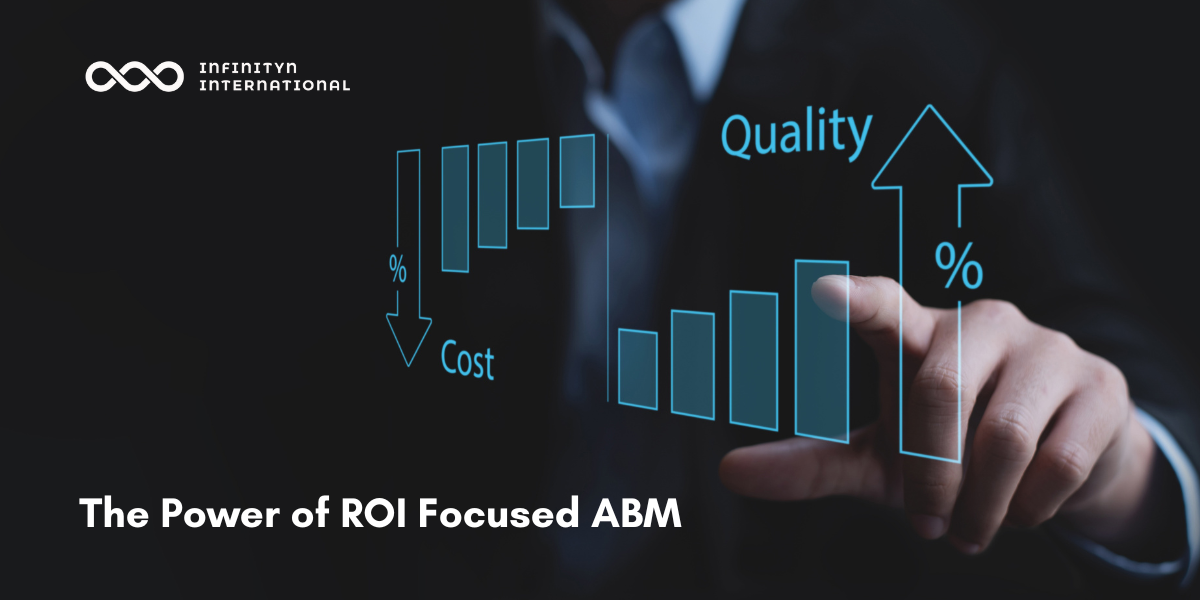
In the dynamic world of B2B marketing, Account-Based Marketing (ABM) has surfaced as a game-changing strategy, yielding significant returns on...

The industrial sector seems to experience major lags regarding digitalization and automation – the latest trend that is currently defining the...

What is the best way to accurately map out your buyers’ decision making process? Having a deep understanding of the buyer persona is fundamental to...
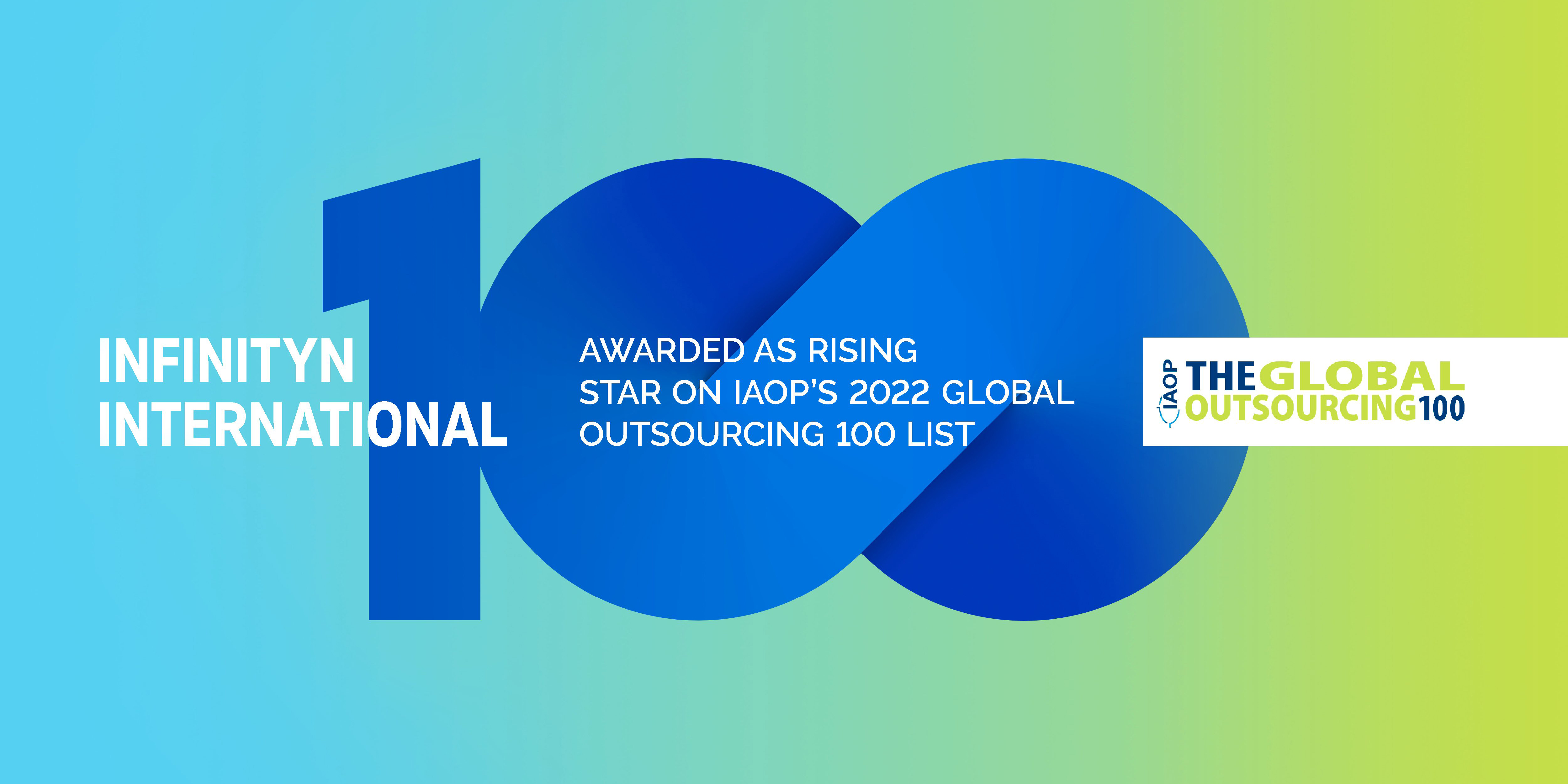
A new business model for outsourcing enterprise growth activities: Growth Process Outsourcing! It’s no news that outsourcing is a red-hot trend....

Growth process outsourcing is BPO for complex sales and marketing processes. Business process outsourcing (BPO) is a familiar term for most in the...

The business world is shaken by the repercussions of current events and those in the near past. With our economic conditions becoming more and more...
%202.jpg)
Marketing goes beyond promotion. Marketing is creativity, profound planning, understanding of your audience, analysing data – especially nowadays,...